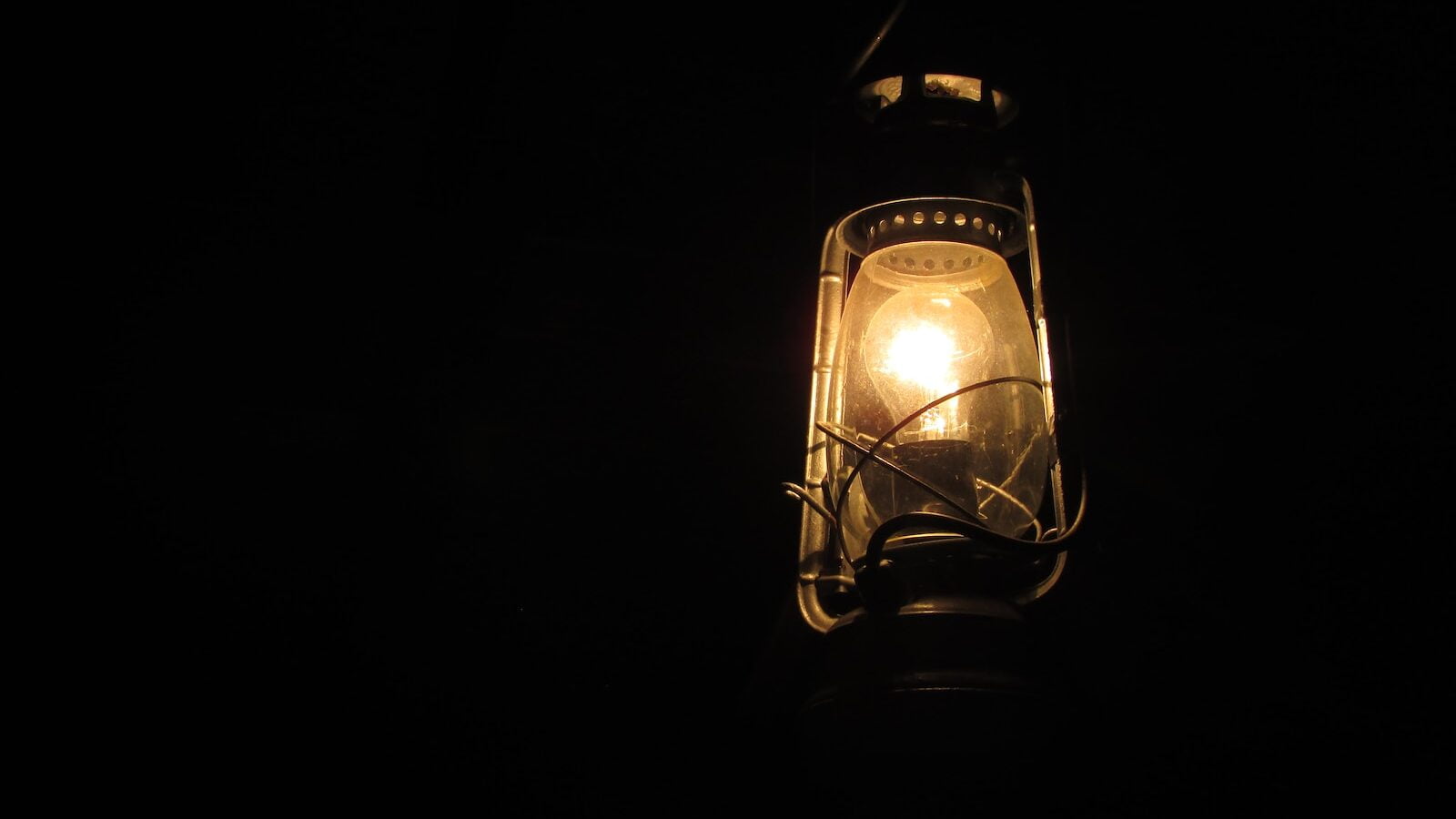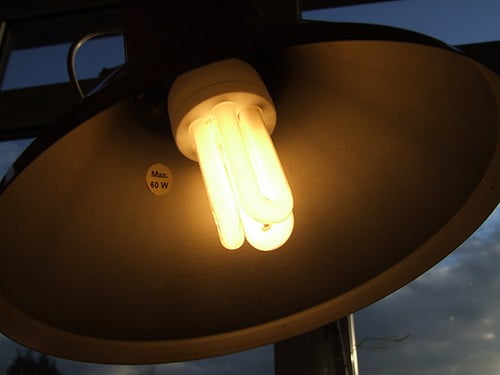Are Gas Lanterns Dark Sky Compliant? A Guide

Welcome to our comprehensive guide where we answer the question, “Are gas lanterns dark sky compliant?” 🌟. We’ll shine a light on the dark sky compliance issue, gas lanterns, and how the two intersect.
What Does Dark Sky Compliance Mean?
When we talk about dark sky compliance, we’re referring to a set of standards aimed at reducing light pollution. This is a worldwide initiative driven by organizations such as the International Dark-Sky Association (IDA).
The IDA’s mission is to protect the night sky from excessive artificial light, often referred to as light pollution. Their strategy involves a two-pronged approach: education and the promotion of lighting fixtures that minimize skyglow, glare, and light trespass.
The Role of the International Dark-Sky Association
The IDA is the primary authority when it comes to determining whether a light fixture is dark sky compliant. It is their seal of approval that manufacturers strive to obtain for their outdoor lighting fixtures.
The association not only provides guidelines for manufacturers but also engages with local governments and the public. The IDA’s goal is to create an environment where everyone plays a part in preserving the natural night sky.
Why is Dark Sky Compliance Important?
Now that we understand what dark sky compliance is, you might wonder, why is it so essential? The significance lies in its environmental and health benefits.
Dark sky compliance helps reduce the impact of artificial light on our health and the environment. This is more important than ever as our world becomes increasingly urbanized and electrified.
Impact on Human Circadian Rhythms
Our bodies operate on a 24-hour cycle known as the circadian rhythm, which is significantly influenced by light and darkness. Artificial light, especially at night, can disrupt our circadian rhythms, leading to sleep issues and other health problems.
Reducing light pollution helps align our circadian rhythms with the natural day-night cycle. This is especially crucial in our tech-driven society, where we’re constantly exposed to screens emitting blue light.
Impact on Wildlife and Ecosystems
Artificial light doesn’t just affect us humans – it has a substantial impact on wildlife and ecosystems as well. Many animals, especially nocturnal species, rely on the cycle of day and night for survival.
Bright, artificial lighting confuses these animals, affecting their feeding and breeding patterns. By adhering to dark sky compliance, we can help protect these delicate ecosystems and preserve the natural order of life.
What is a Gas Lantern?

Shifting our focus from the night sky to our homes, let’s talk about gas lanterns. Gas lanterns are light fixtures fueled by either propane or natural gas.
These lanterns have been around for centuries, providing light before the advent of electricity. They remain popular today, especially for their vintage charm and warm, inviting glow.
The Appeal of Gas Lanterns
Gas lanterns offer a unique aesthetic that many homeowners love. They provide a warm, flickering light that can create an inviting atmosphere on a patio or entrance.
In addition to their beauty, gas lanterns are appreciated for their reliability. Unlike electrical lights, they are not affected by power outages, making them a dependable source of light.
Are Gas Lanterns Dark Sky Compliant?
Now, let’s answer the burning question: “Are gas lanterns dark sky compliant?” The answer is: it depends. Not all gas lanterns are created equal when it comes to dark sky compliance. However, some models, like those from Legendary Lighting, are designed in a way that they do not contribute to light pollution.
The Case of Legendary Lighting
Legendary Lighting is a manufacturer that produces gas lanterns known to be dark sky compliant. Their open flame burners do not emit enough light to be measurable, making them suitable for areas that recognize dark sky ordinances. Therefore, if you’re looking for a gas lantern that aligns with dark sky compliance, Legendary Lighting might be a good place to start.
How to Choose a Dark Sky Compliant Gas Lantern
Choosing a dark sky compliant gas lantern doesn’t have to be complicated. Here are some things to keep in mind:
- Light Direction: Look for lanterns that direct light downward, as they tend to cause less light pollution.
- Shielding: Lanterns with shielding minimize light scatter, thereby reducing light pollution.
- Brightness: Brightness is measured in lumens. Less lumens usually mean less light pollution.
- Certification: Check if the lantern is certified by the International Dark-Sky Association or another reputable organization.
Conclusion
In the battle against light pollution, even small choices matter. By choosing dark sky compliant lighting fixtures like certain gas lanterns, you can contribute to preserving our beautiful night skies 🌌.






